Article: The Short and Fascinating History of Paper Planners
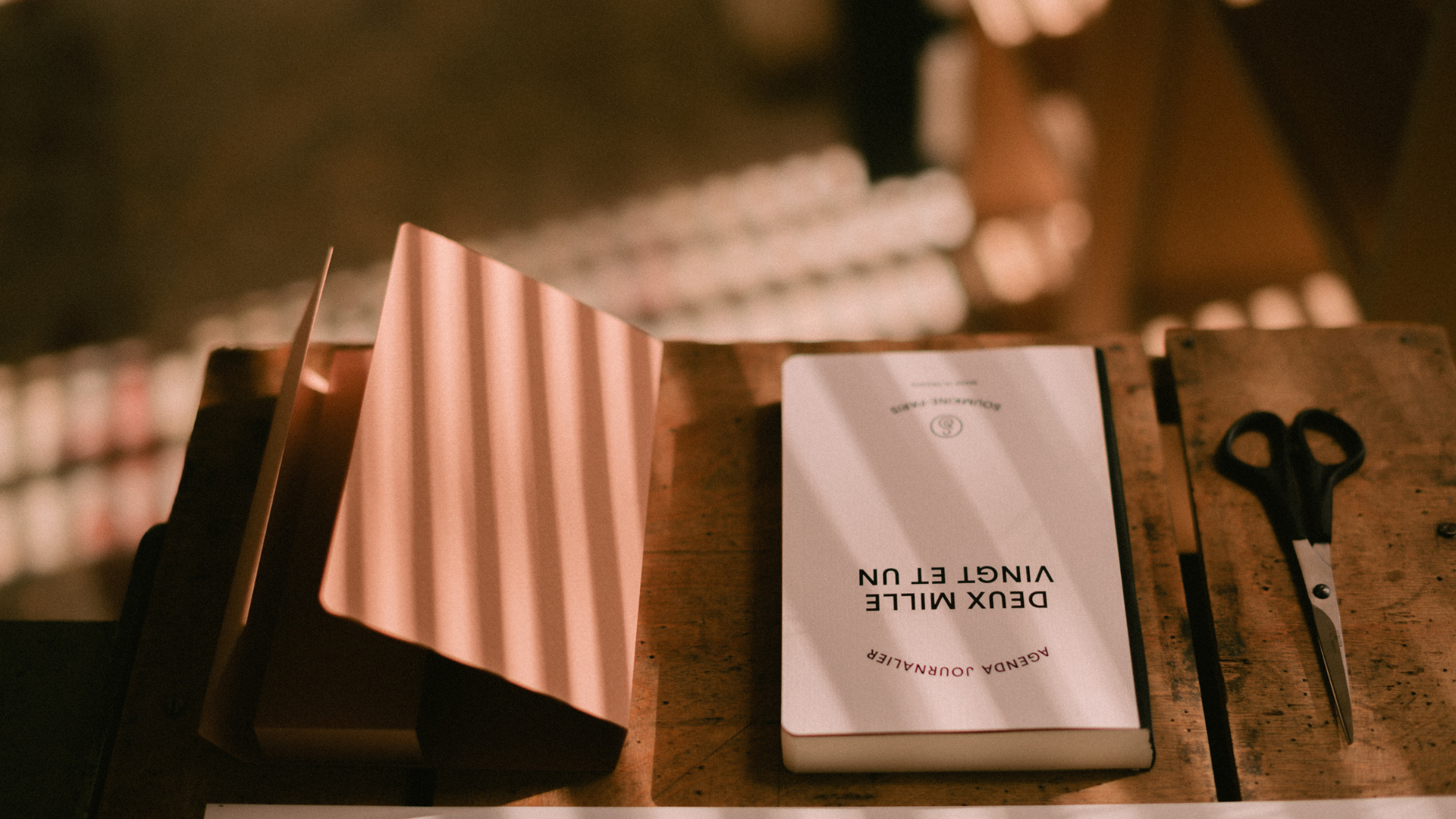
The Short and Fascinating History of Paper Planners
Author: Dyana Wing So
Where did the paper planner come from? Despite existing research on the history of calendars, there is surprisingly little research on paper planners. The origin of the paper planner, as we recognize them today, can be traced back to the marriage of printed calendars and diaries. Some of the earliest paper planners used in Europe had a spiritual connotation underlying their practicality. The work of Renaissance astro-physicians, for example, led to the adaptation of Gutenberg-printed calendars into pocket-sized books. “A vestigial reminder can be seen in the phases of the moon that are still included in almost all diaries.”

A 1496 copy of the German calendar created by Johannes Von Gmunden (c.1380-1443).
In the 18th century Anglo-Saxon world, ‘keeping account’ of one's daily life was seen as a respected, moral habit -- one which some of the Founding Fathers of colonial America adhered to. George Washington famously sewed blank paper pages into his copy of the Virginia Almanack, documenting his daily activities under his written mantra: “where and how my time is spent.’
A spread of George Washington’s planner, with sewed-in pages from the Virginia Almanack on the right (1762).
In 1773, the American publisher Robert Aitkin claimed to invent the first commercially available planner with a weekly template spread that included spaces for accounting and memos. But it would not be until after the American Civil War and Industrial Revolution that paper planners became big business. The busier American life became, the more Americans kept their days in order with commercial paper planners such as the American Diary or the Standard Diary.

A 1925 copy of The Standard Diary, this one belonging to Thomas F. Caldwell, a student at the former New York Nautical School.
By the mid-19th century, planning one’s day was no longer done by well-to-do men, but also by men and women of the American working class. The moral undertones of personal planning lingered, with etiquette manuals preaching the virtues of timekeeping as a disciplined path towards self-improvement. From here, American paper planners became more sophisticated and tailored to the needs of its niches of productive workers. They also became new advertising opportunities, with such examples as the Wanamaker Diary and The American Express appointment books.
A spread inside the 1910 Wanamaker Diary, with advertisements to the left and a witty proverb for each day on the right.
The start of the 20th century saw the globalization of the paper planners industry. A British secretary named Grace Schurr encouraged the London-based stationer, Norman & Hill, to import the popular American organizers to the UK, and the Filofax company was founded in 1921. Filofax departed from bound pages and introduced a paper organizer system that was popular among professionals ranging from those of the clergy to the military.
After World War II, commercial paper planners adapted again to meet the evolving needs and tastes of the reconstructing global economy and society. Paper planners were increasingly marketed as tools of productivity, like the Day-Timer -- a patented planner printed by Dorney Printing using Morris Perkins’ organizational method for busy attorneys. The rise of modernist designs in the 1960s replaced traditionally ornate aesthetics with minimalist and experimental calendar designs, such as the Stendig Calendar by Massimo Vignelli.
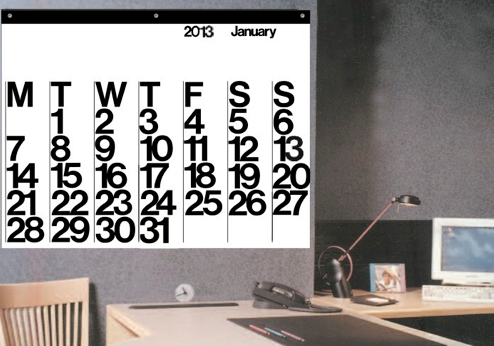
Example of a 2013 copy of Massimo Vignelli’s calendar.
Throughout the 1970s to 80s, being super organized was in-style in the globalizing corporate world. The type of ‘datebook’ you owned was a statement, whether that was the Economist Diary, a leather-bound Agenda de l'Homme/ le Femme Moderne from Hermes, or the Franklin Planner (which recommended starting each day with 15 minutes of solitude and planning). In the 1980s, Filofax had become the ultimate yuppie status symbol, and these ring-binder organizers could be found among “Harrods and Harvey Nichols in London, Neiman Marcus and Bloomingdales in the US, Bon Genie in Switzerland, Galeries Lafayette in Paris, and Seibu in Japan amongst others.”
By the start of the new millennium however, digital was in and analog was out -- for awhile. Paper planners were eclipsed by personal digital assistants (PDAs), Casios, Psions, and HP iPaqs among the corporate class. Mass-produced paper planners continued to linger in local stationary and department stores, and certainly in welcome packets for American middle school children, but the distinction of any brand had become niche at best. The Hipster PDA, a stack of paper held together simply by a binder clip, was the tongue-in-cheek response to this gadgety fad of the early noughties. Cheeky as it was, the hPDA also reminded people of how inherently simple personal planning could be.

A Hipster Personal Digital Assistant from 2005.
In hindsight, the hPDA was the ultimate predecessor of the popular DIY and decorative planner trends now taking the online space by storm. Productivity was still ‘in’ as ever before, but now, it was all about making it personal. These devout analog planner users utilize social media to spread their gospel of personalized timekeeping, sharing tips, styles, and templates for organizing one’s days and structuring life. One of its most robust and passionate branches is the bullet journal (BuJo) community, which turns dotted-paper notebooks into a whole do-it-yourself ritual. In these communities, the way a paper planner looked and functioned was an extension of, not just the process of timekeeping, but also the person adopting their own tailored organization system.
Despite the popular trend of planner personalization however, it’s not every paper planner user’s cup of tea. Many, like Laurie Huff, a lifelong paper planner user and founder of the blog, Plannerism, continue to value quality paper planners with premade templates over designing her own. Whatever system fits your timekeeping needs, such a planner is your personal companion -- some for a year, and for others, a lifetime.
At Soumkine, we love history and paper culture. We believe a simple, quality paper planner can help you be better organized and engaged with your inner world than your smartphone. We have a variety of paper planners, from our daily and weekly models, to our innovative Universal Planner. All of our paper planners are made by hand using a traditional bookbinding process, predating the 1950s, making every page turn both classic and modern at the same time.

Soumkine 2021 planner.
Sources:https://thonyc.wordpress.com/2012/11/15/the-pocket-diary-a-great-renaissance-invention/
https://sphinxinc.com/new-solutions-blog/little-black-book.html
https://www.bostonglobe.com/ideas/2013/06/01/the-daily-planner-american-history/WncDRG5hq7B9m0w3cE5jkM/story.html
Hall, Kevin. A Chronology of Filofax. 2010. http://creativecommons.org/ licenses/by-nc-nd/2.0/uk/.
https://www.daytimer.com/our-story/
https://uxdesign.cc/a-brief-history-of-calendar-design-c3f876689fed.
https://en.wikipedia.org/wiki/Franklin_Planner
“About Filofax: A brief History”
https://en.wikipedia.org/wiki/Hipster_PDA
http://interestingpretties.blogspot.com/2012/12/why-doctor-who-fails-at-time-travel-in.html
https://picryl.com/media/george-washington-diary-1762-autograph-manuscript-written-in-the-leaves-of-5
https://maritimedigitalcollections.com/Detail/objects/3171

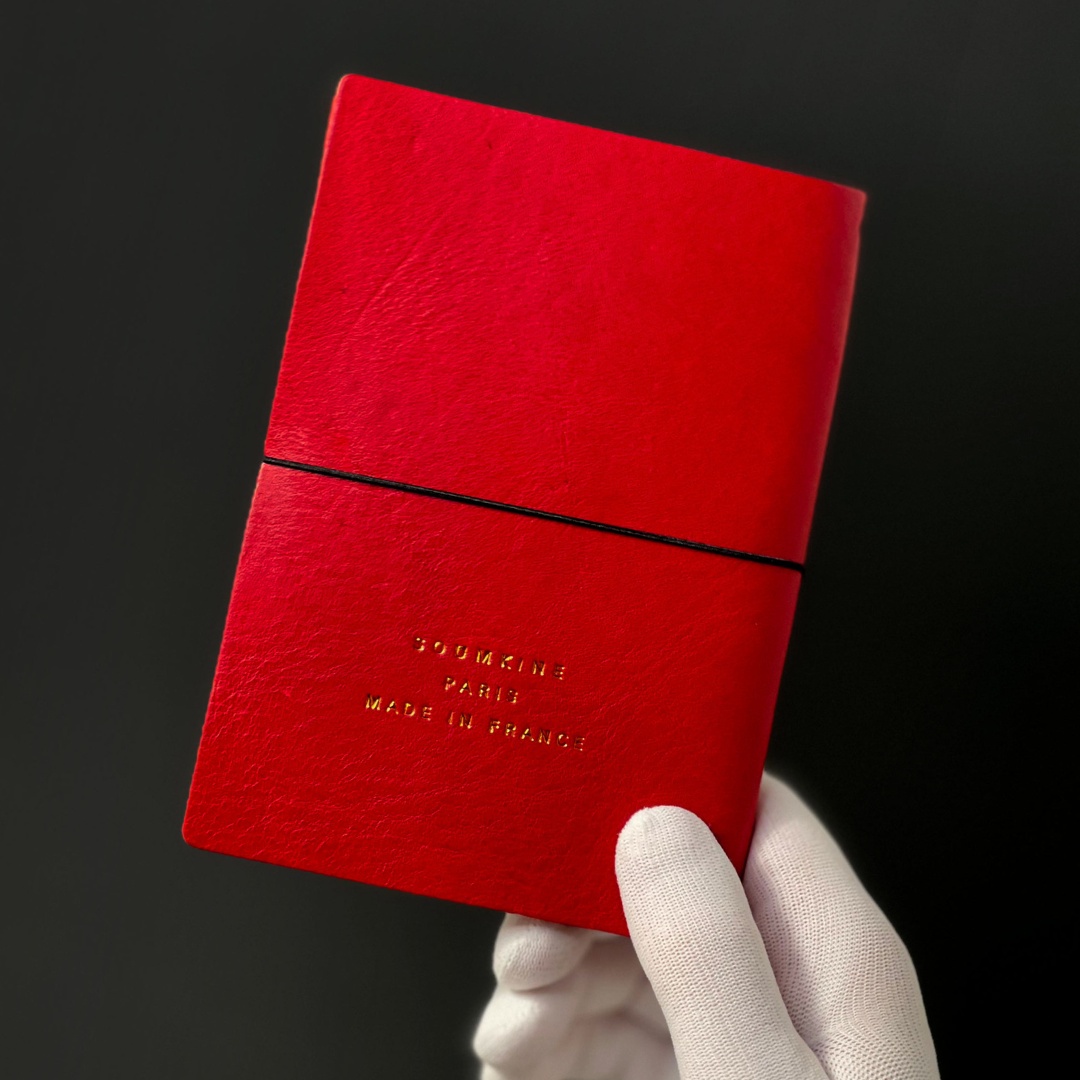
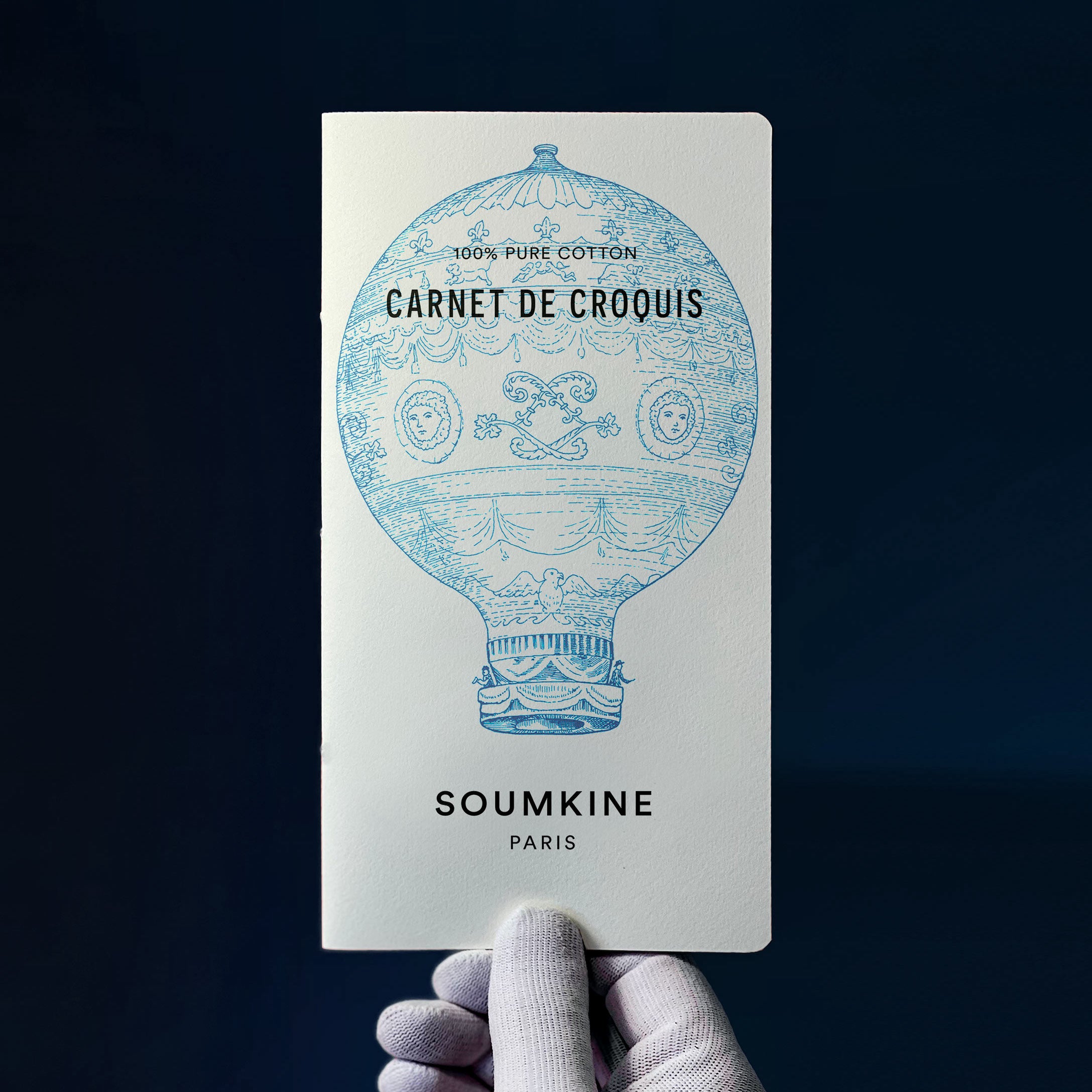
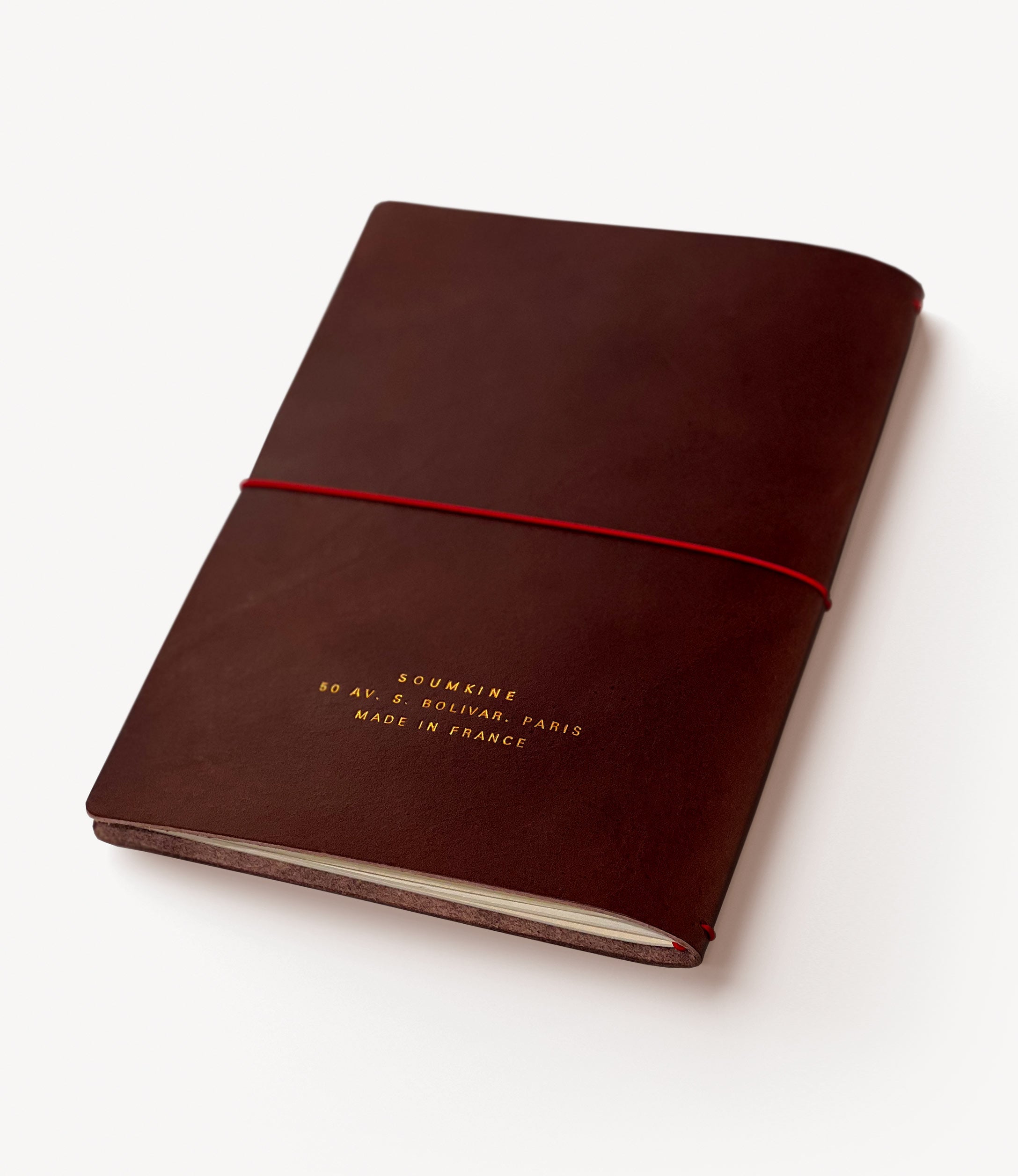
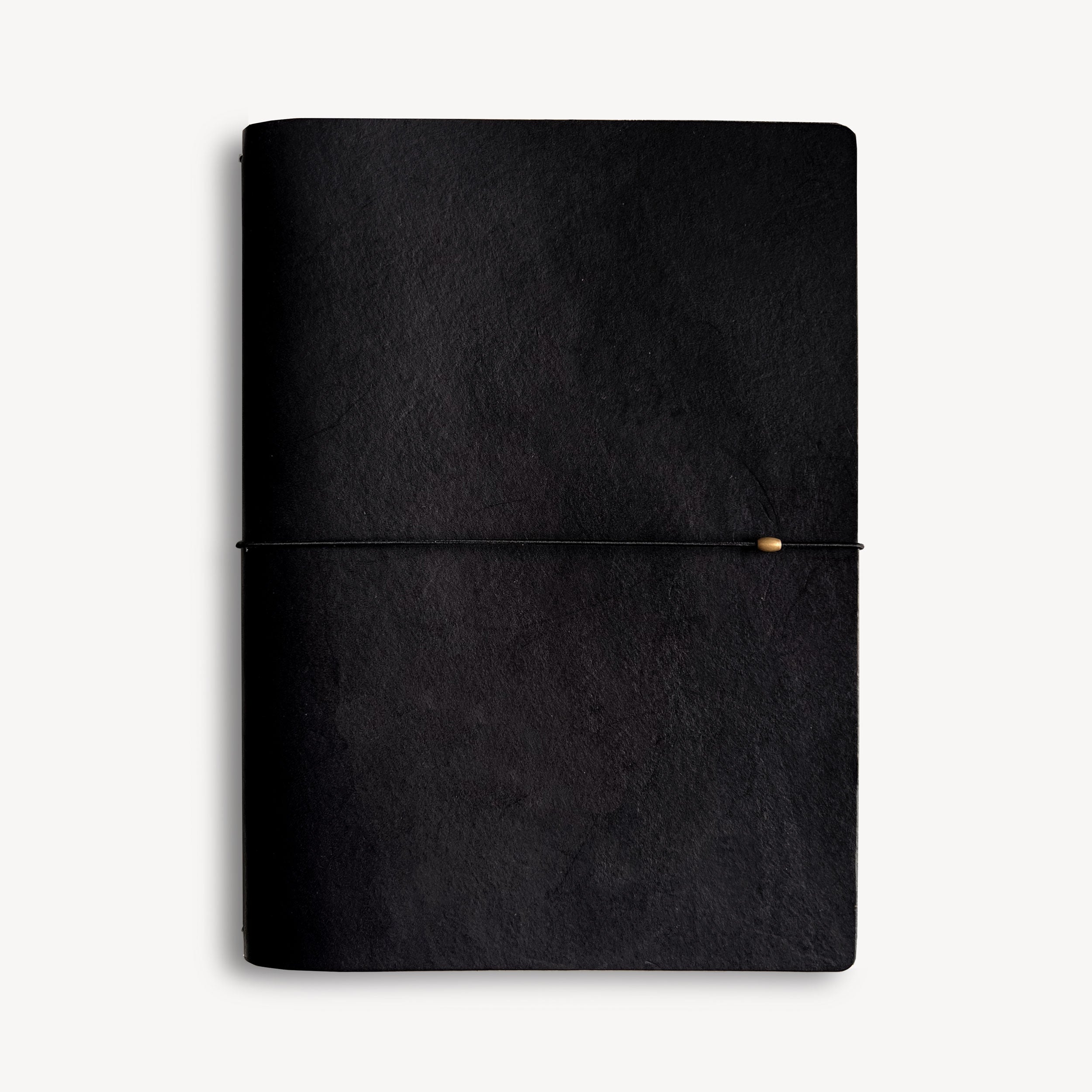
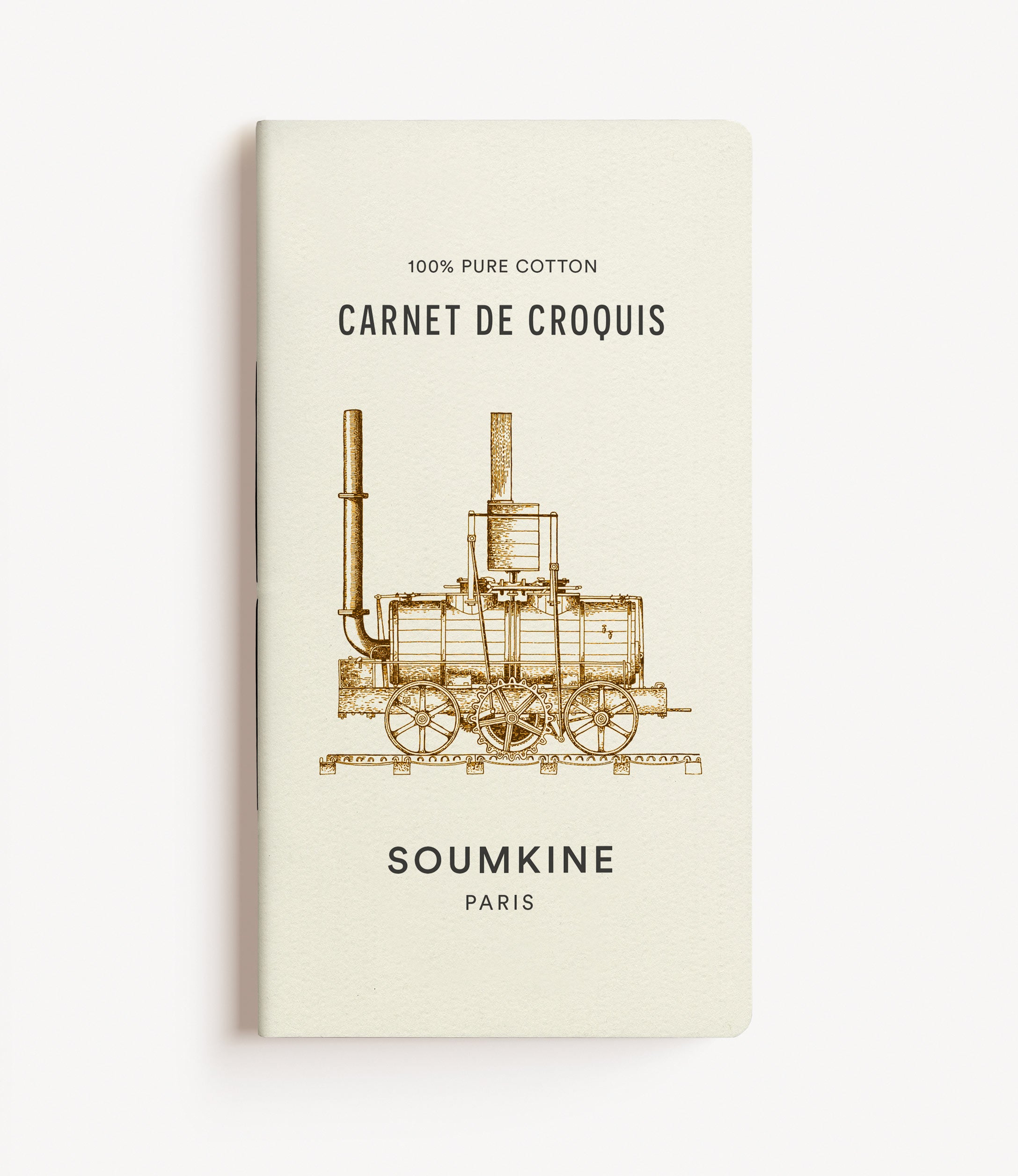
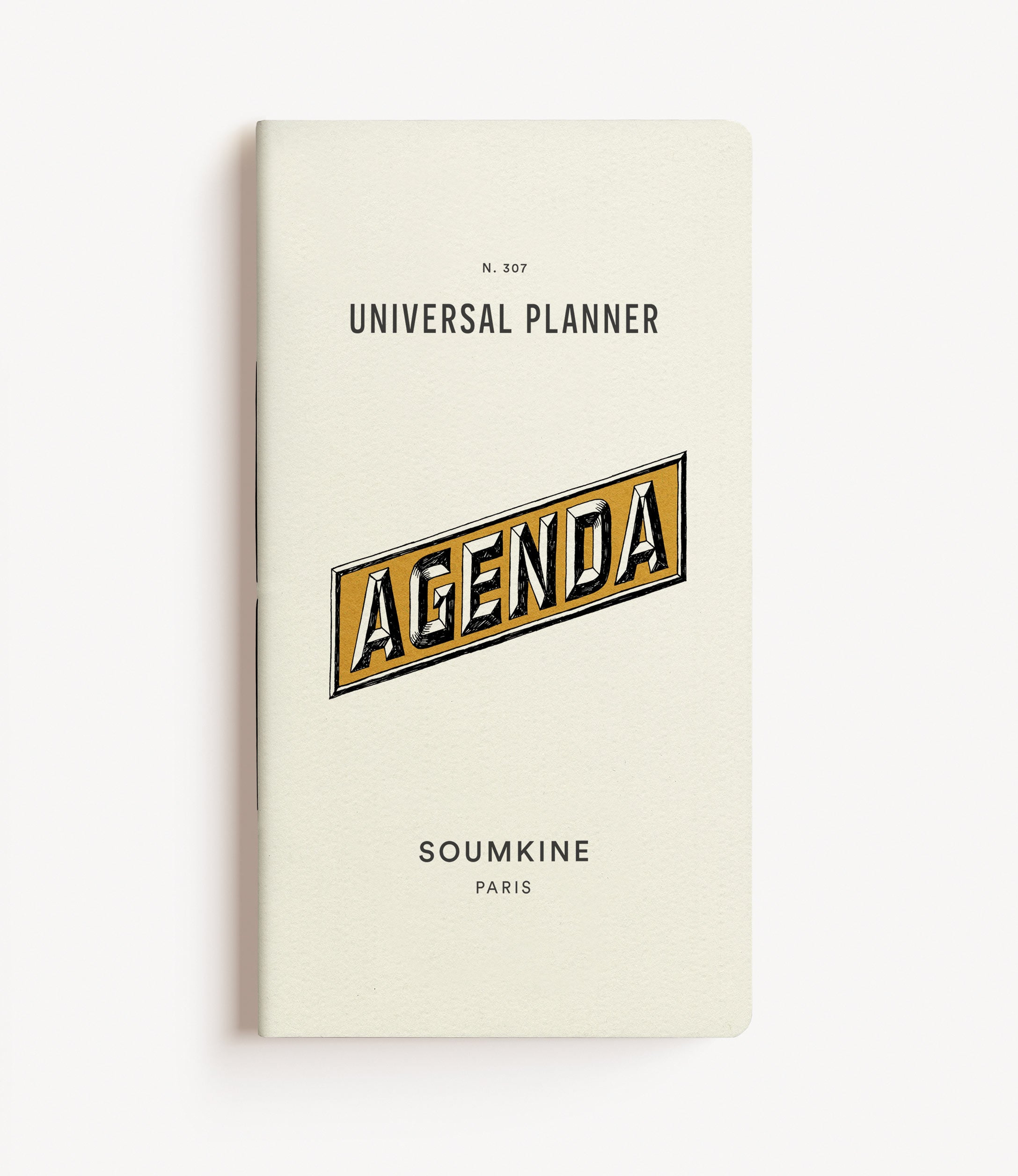
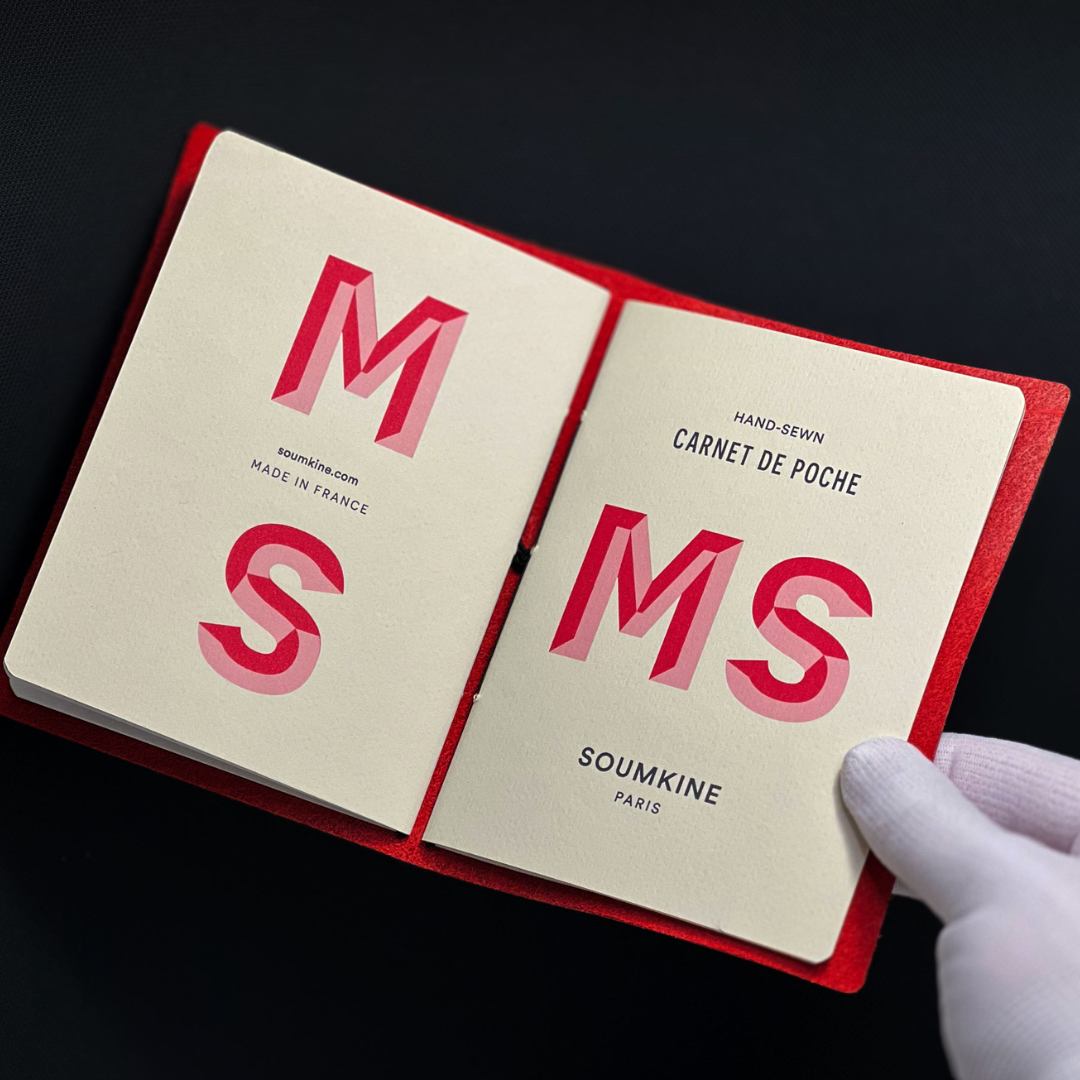
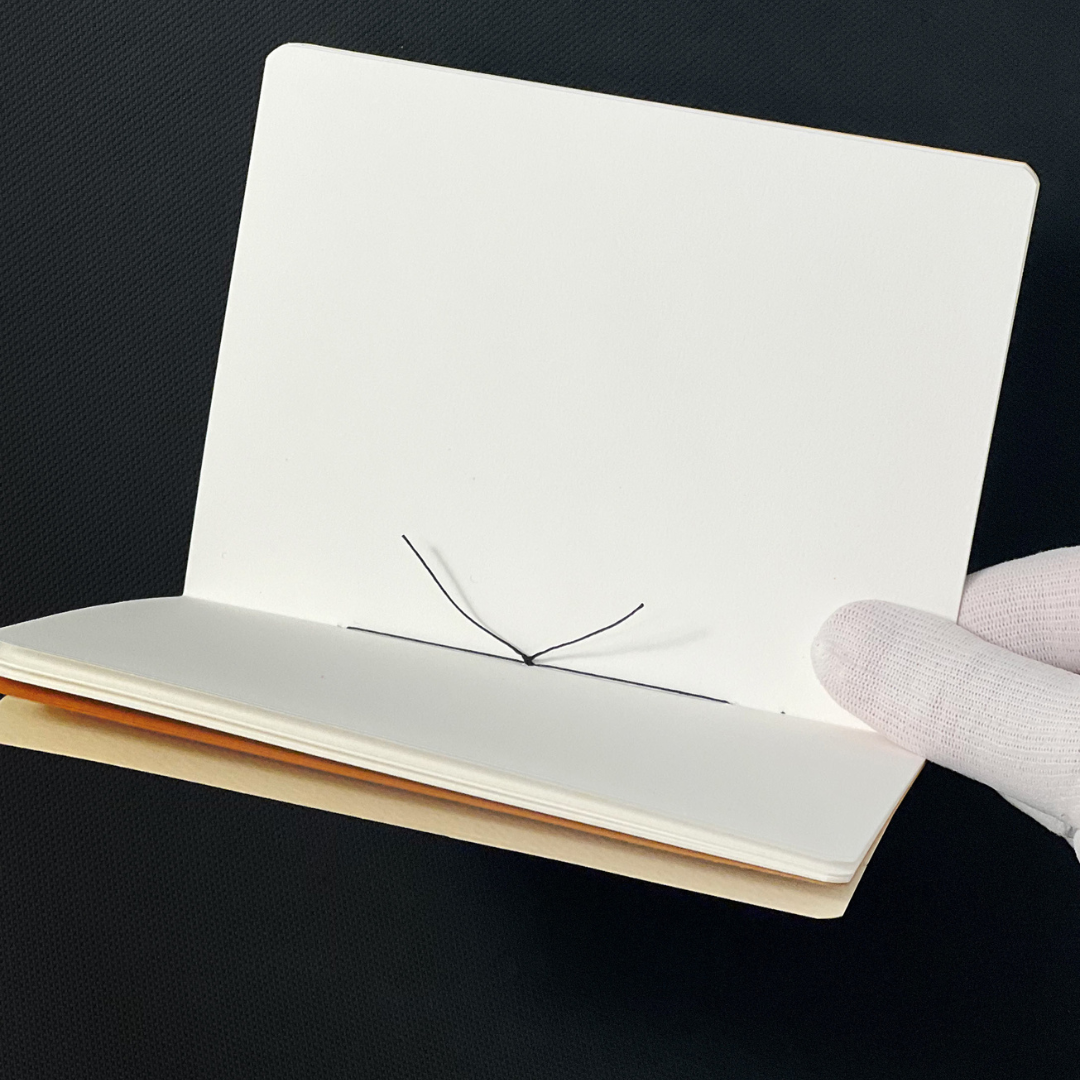

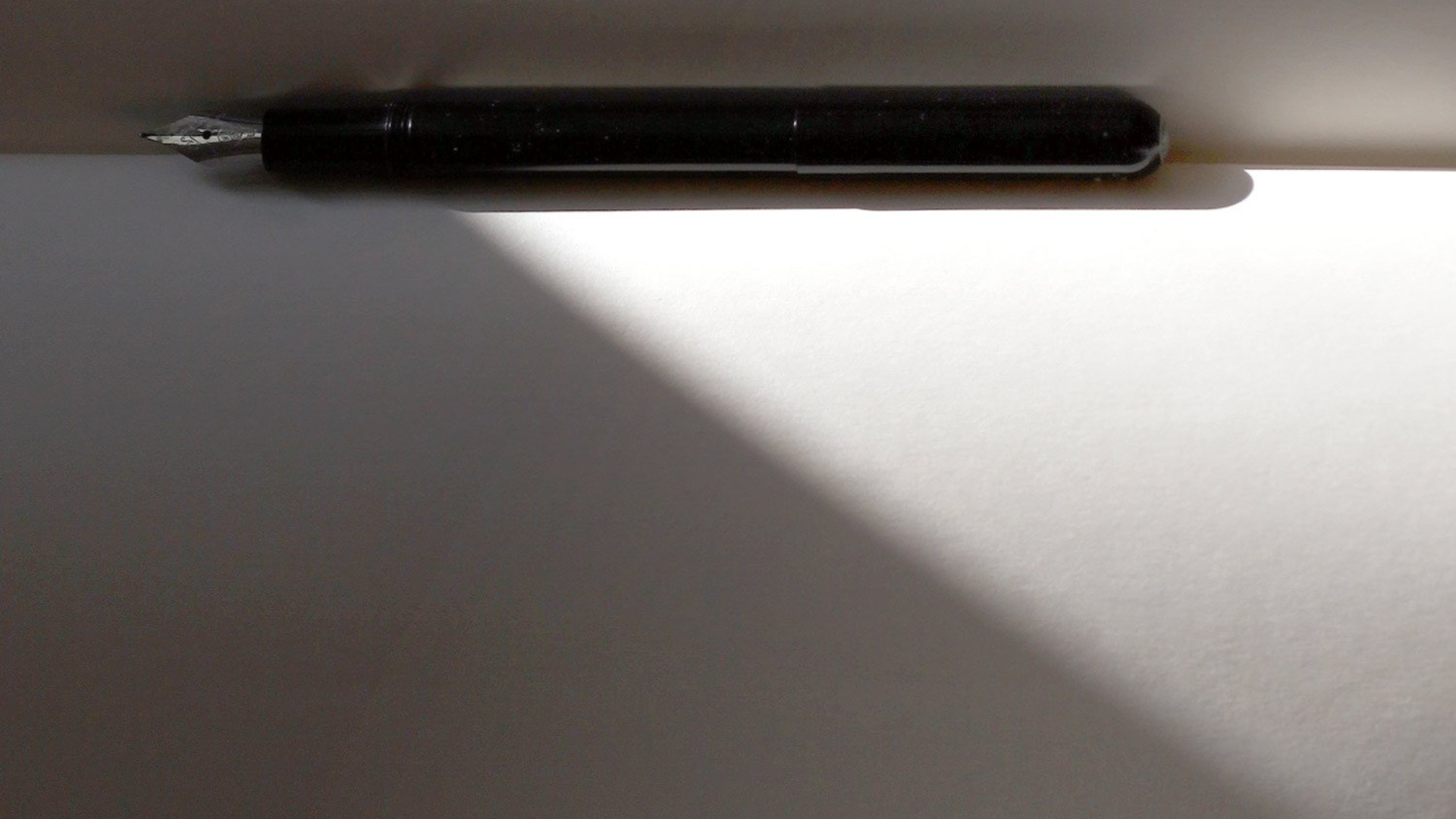
Leave a comment
This site is protected by reCAPTCHA and the Google Privacy Policy and Terms of Service apply.